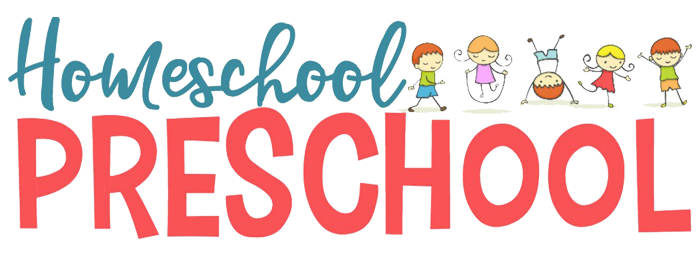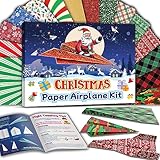Transportation Unit for Preschool
What’s more exciting to a preschooler than trucks, trains, and planes? Welcome to our transportation unit for preschool, where imagination takes flight and learning is all part of the fun! Let’s travel into the fascinating world of transportation, a topic that naturally captivates young minds.
Our goal is to take this natural curiosity and turn it into an educational journey for preschoolers. Using interactive, hands-on transportation activities for preschoolers, we create an immersive learning environment. Children will explore various modes of transportation, understand their purposes, and even learn about the science behind how they work.
Fasten your seatbelts, and prepare to embark on an educational journey, sparking creativity, curiosity, and a love for learning in these young, eager minds. Get ready for a captivating adventure where learning is as engaging as playtime, and every day brings a new discovery.

An Introduction to Various Modes of Transportation
Let’s start our journey with three basic categories of transportation: land, water, and air transport.
Land Transport
Land transportation is the most common form that we see around us every day. Cars, bicycles, buses, trucks, trains, and even animals like horses fall under this category. These modes help us move from one place to another on land, whether it’s catching a bus to school or riding a bike in the park.
Water Transport
Water transport includes vessels like boats, ships, and submarines. These modes are designed to travel on water bodies such as rivers, lakes, and oceans. They are used for various purposes, from fishing and recreational activities to transporting goods and people across different continents.
Air Transport
Last but not least is air transport. This category includes airplanes, helicopters, hot air balloons, and even spaceships! These modes allow us to travel across long distances and even reach places that are impossible to access by land or water.
Each of these transportation modes has its unique features, and in the coming sections, we will delve deeper into each one.

Exploring the Science: How Do They Move?
Understanding how different modes of transportation move can seem like magic to preschoolers, but it’s actually all about science! Now let’s break it down:
Land Transport
Cars, bicycles, and buses move because of their engines. When we pedal a bicycle, it’s our own energy that makes it go! Horses use their strong legs to run, just like you when you’re racing your friends.
Water Transport
Boats and ships move across the water with the help of their engines or sails. When the wind blows into the sails of a sailboat, it pushes the boat forward. Think about when you blow on a piece of paper and it moves – it’s the same idea!
Air Transport
Airplanes and helicopters can fly because of their powerful engines and wings. The engines help them move forward, and the wings help them stay up in the sky. It’s kind of like how a bird flies, isn’t it?
Remember, next time you’re in a car, on a boat, or flying in an airplane – it’s all science that’s helping you move!

Hands-on Activities and Experiments
Now that we’ve learned the science behind how vehicles move, it’s time for some hands-on fun with activities and experiments designed specifically for our little learners.
Land Transport Activity: Car Races
Gather your favorite toy cars and let’s race! Create a simple racetrack using tape on the floor, and set up a start and finish line. Use your energy to push the cars and see which one reaches the finish line first. This activity shows how the energy you use can move objects – just like pedaling a bicycle!
Water Transport Experiment: DIY Boat
For this activity, you’ll need a small plastic tub filled with water (like a bathtub or a sink), and some items from around the house (like aluminum foil, plastic lids, or sponges) to create a boat. Try placing your homemade boat in the water and gently blowing on it to make it move. This will give you a firsthand experience of how wind can move a sailboat!
Air Transport Activity: Paper Airplanes
Let’s build and fly our paper airplanes! Follow the instructions to create a paper airplane. Then, using your energy, toss the airplane and watch it soar. Experiment with different ways of throwing it to see what makes it fly the farthest. This activity helps demonstrate how the power of engines and wings helps airplanes fly.
Remember, all these movements are examples of science in action. So, let’s get moving and learn through play!
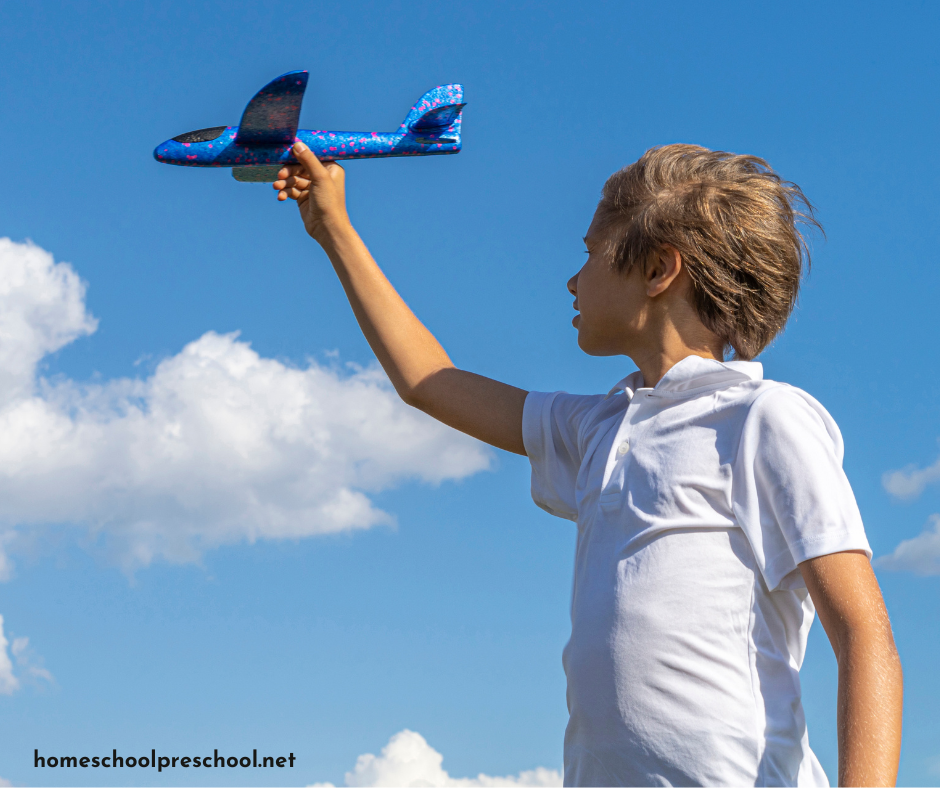
Story Time: Famous Stories Related to Transportation
Let’s shift our gears and dive into the fascinating world of stories, where imagination meets reality. In this section, we will explore some of the most famous and inspiring tales related to transportation. These stories have been chosen for their ability to spark curiosity, ignite imagination, and provide a historical context to the progression of transportation. Fasten your seat belts as we embark on this storytelling journey!
The Little Engine That Could
The tale of ‘The Little Engine That Could’ is a classic story that revolves around a small, blue engine. This engine is tasked with pulling a heavy train over a mountain when the larger, more powerful engines refuse to help.
The tiny engine does not give up, repeating its mantra, “I think I can, I think I can,” until it successfully accomplishes the task. This story provides a simple yet profound example of perseverance and belief in one’s abilities.
- Piper, Watty (Author)
- English (Publication Language)
- 28 Pages – 03/15/2012 (Publication Date) – Grosset & Dunlap (Publisher)
Thomas the Tank Engine
Thomas the Tank Engine is a beloved character from a series of books written by Reverend W. Awdry. The stories follow Thomas, a blue steam engine, and his fellow locomotive friends as they embark on various adventures on the Island of Sodor.
The stories are not just about transportation but also impart valuable lessons about friendship, teamwork, and problem-solving.
- Amazon Kindle Edition
- Awdry, Reverend W (Author)
- English (Publication Language)
- 14 Pages – 06/01/2017 (Publication Date) – GULLANE THOMAS LLC (Publisher)
The Magic School Bus
Written by Joanna Cole and illustrated by Bruce Degen, ‘The Magic School Bus series takes readers on exciting, educational adventures with Ms. Frizzle and her class.
The school bus they ride is no ordinary vehicle; it can transform into a spaceship, submarine, weather machine, and more. Each book explores a different scientific topic, making learning fun and engaging.
- Author Joanna Cole
- 40 pages paperback
- Grade 3
- Joanna Cole (Author)
- English (Publication Language)
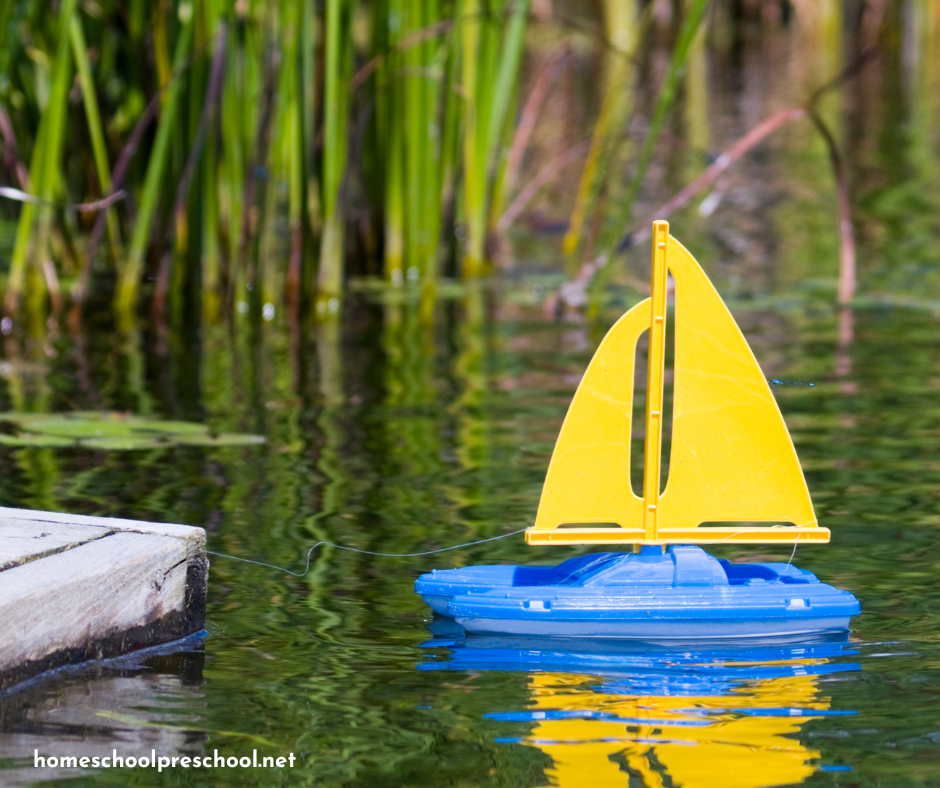
Tips for Making Learning About Transportation Fun and Engaging
Let’s delve into some exciting ways to enrich your child’s understanding of transportation, making the learning experience not only educational but also highly entertaining.
The following tips will help transform the mundane into the magical, sparking children’s curiosity and encouraging their eagerness to learn more about the world of transport.
Make use of Toy Vehicles: Toy cars, trains, and planes can be excellent educational tools. Use them to teach children about different types of transportation, their uses, and their mechanisms.
Interactive Games: Incorporate transportation-themed games, such as ‘I Spy’ with vehicles or car-themed puzzles. These can help children improve their concentration and cognitive skills.
Field Trips: Plan visits to local transportation hubs like airports, train stations, or bus terminals. This gives children firsthand experience and a better understanding of how various modes of transportation operate.
Craft Projects: Engage children in hands-on craft projects, like building a cardboard car or a paper airplane. This not only lets their creativity shine but also allows them to learn the basics of design and engineering.
Storytelling and Role Play: Use stories and role-play scenarios to explain the importance of transportation. This method can make learning more interesting and relatable for children.
Remember, the aim is to make learning interactive and enjoyable so that children develop a keen interest in the subject. The more fun the learning process is, the more likely children are to retain and recall the information.
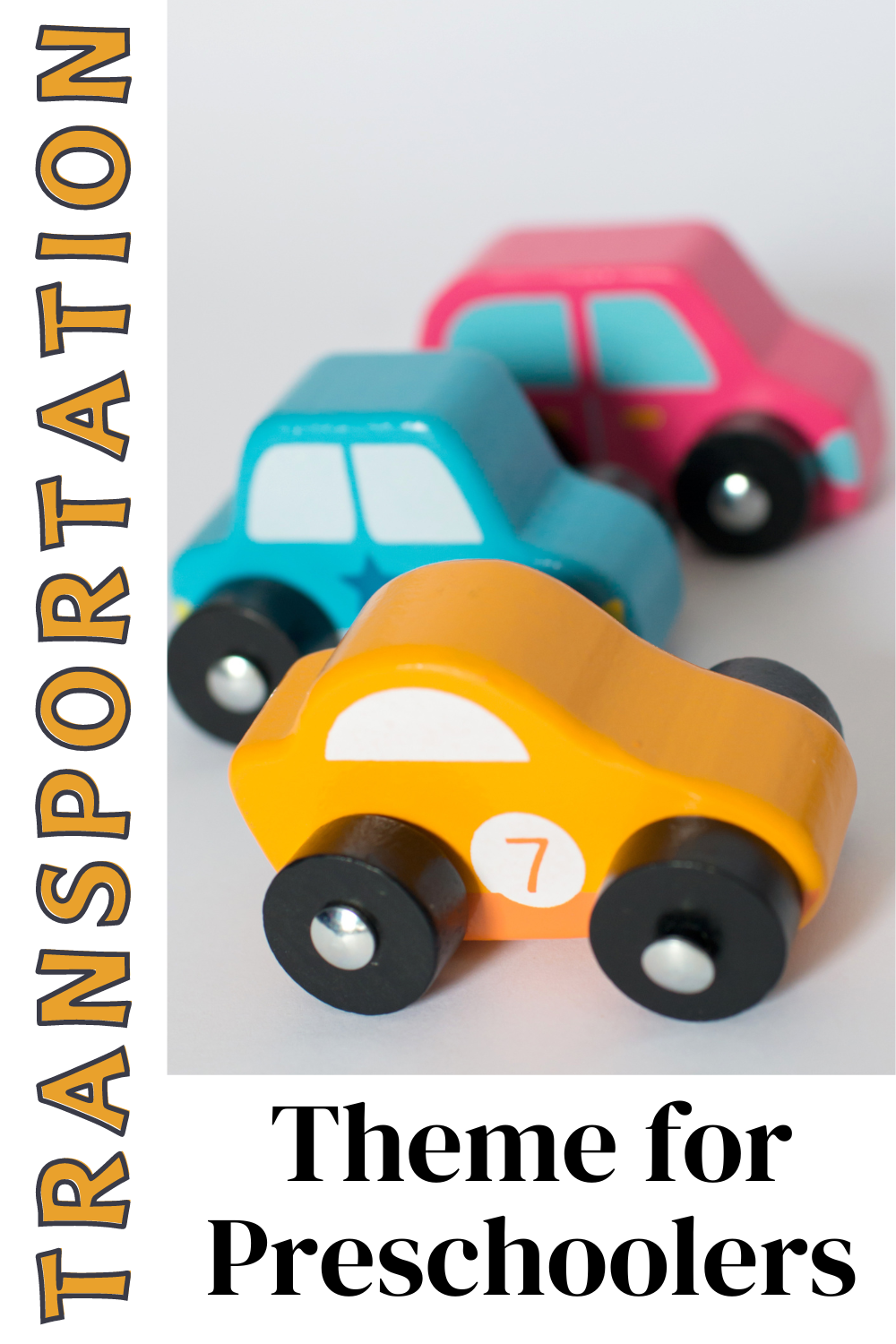
Teaching children about transportation can be a fun and enlightening journey. By utilizing tools like toy vehicles, interactive games, field trips, craft projects, and storytelling, we can make learning a playful yet impactful process.
It’s about creating a thriving environment where curiosity is nurtured, and knowledge is imparted in a way that resonates with young minds. Let’s strive to make education an adventure that children look forward to each day!
